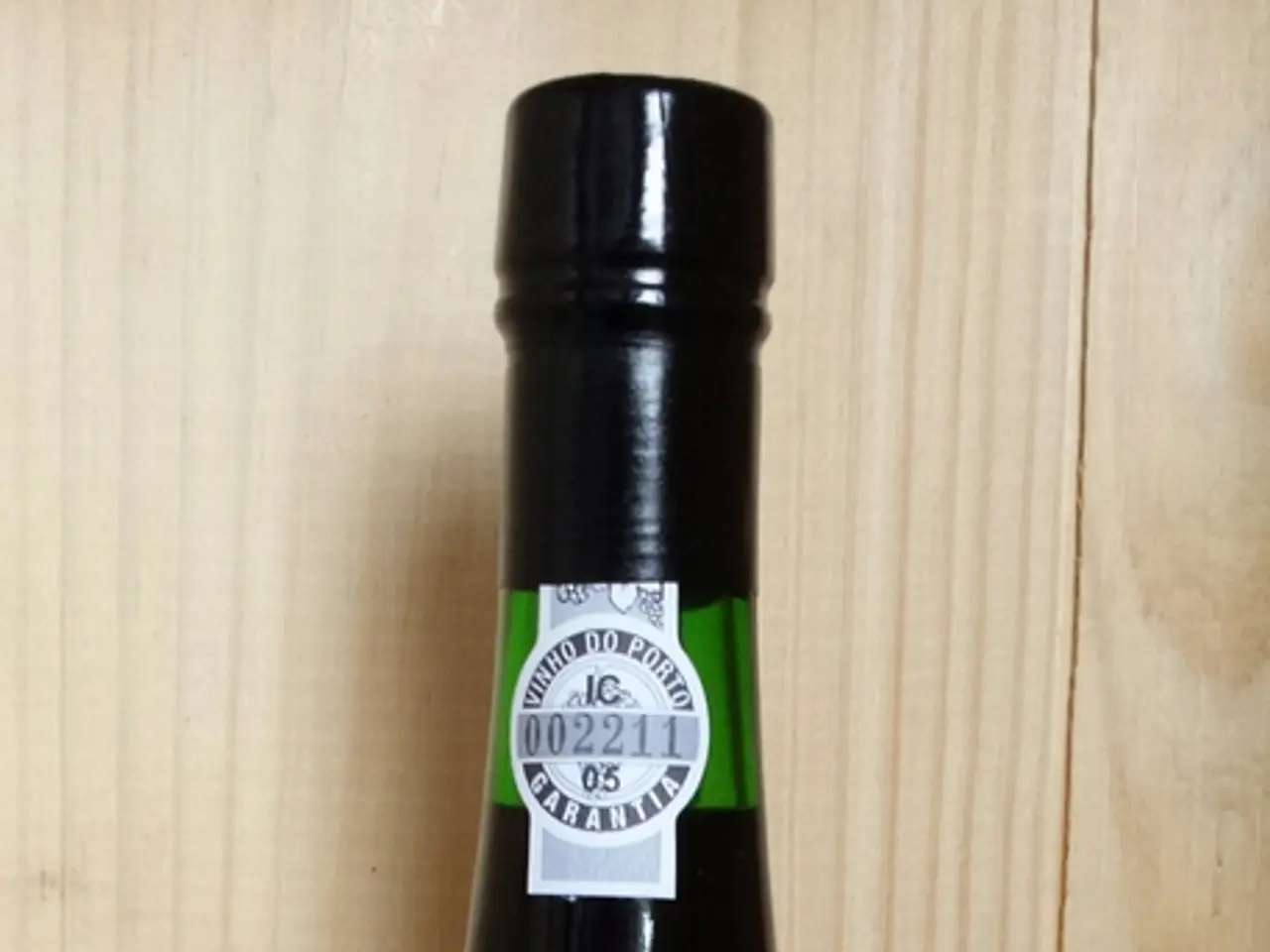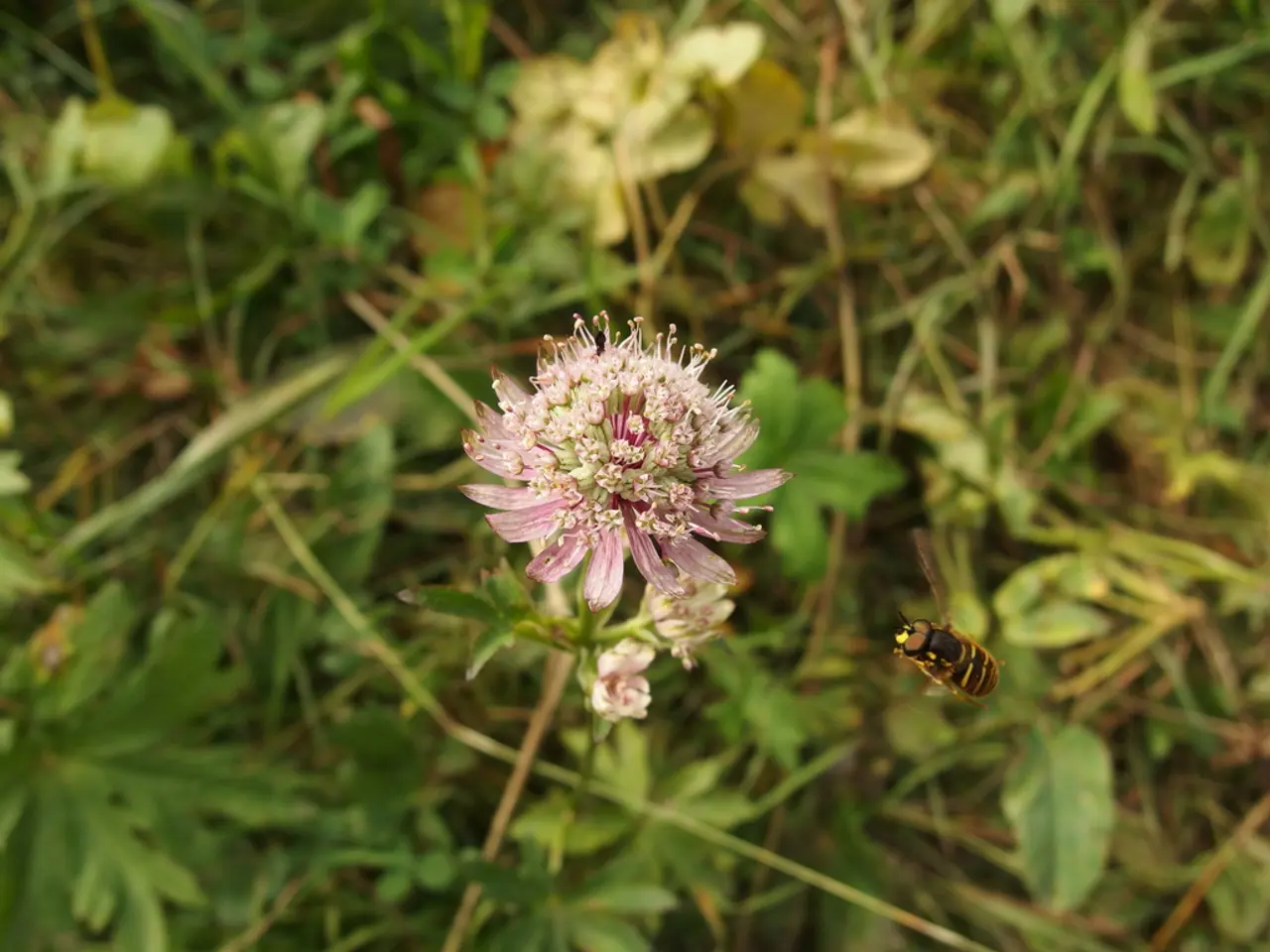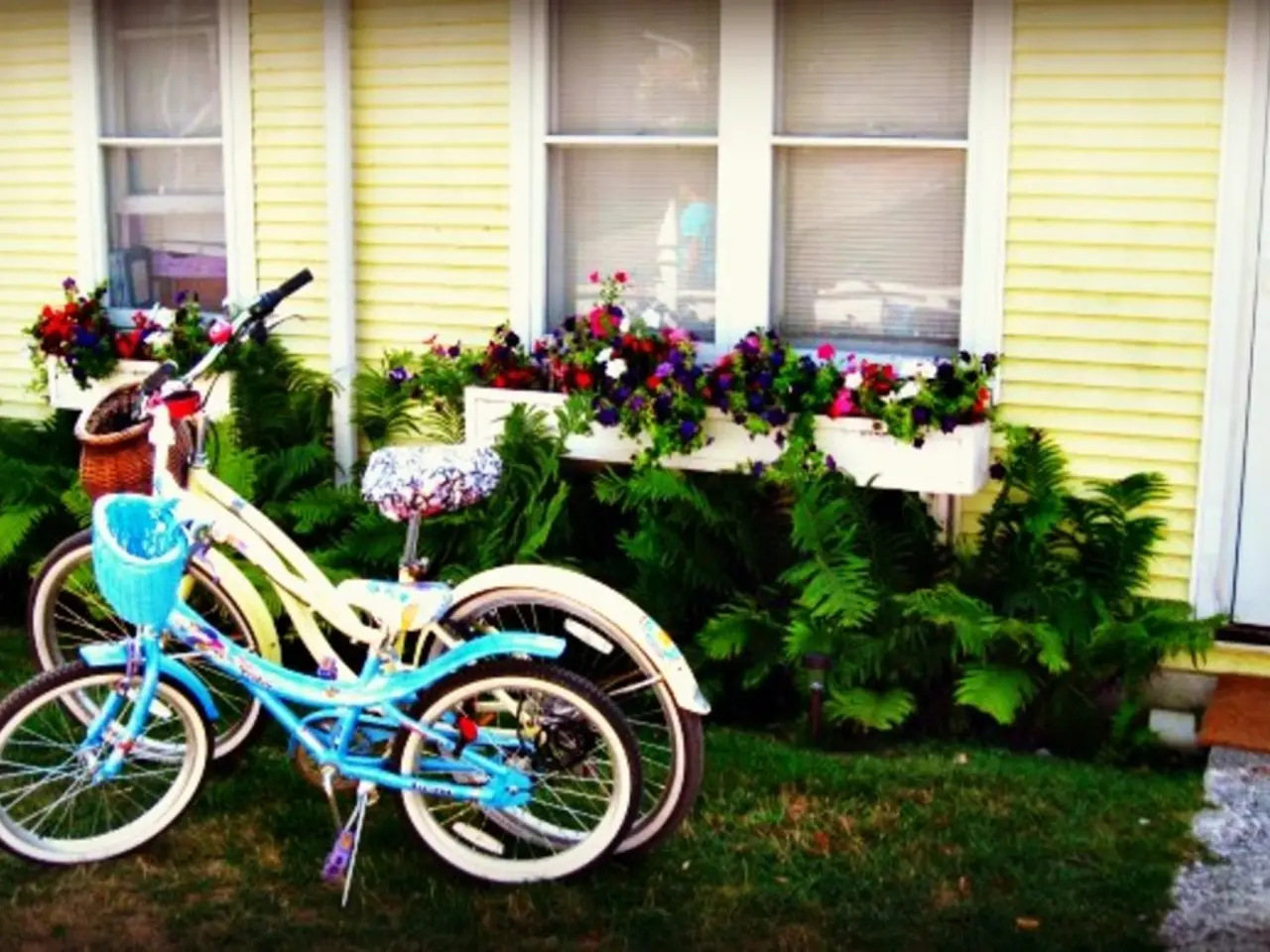Mastering Home Brewing: A Comprehensive Manual on Crafting Beer
In the realm of hobbies, home brewing has gained significant popularity as a fun and rewarding activity. This guide will take you through the process of brewing beer at home, from mashing to enjoying your homemade brew.
The home brewing process begins with mashing, where malted grains (usually barley) are combined with water to extract sugars. The water is heated to a specific temperature, typically around 65-68°C, and the crushed malt is added. This mixture is maintained for about 60 minutes to convert starches into fermentable sugars.
Following mashing, the liquid wort is separated from the spent grains using a strainer or lautering tun, and the grains are rinsed with warm water to extract all remaining sugars. This process is known as sparging.
The wort is then boiled, usually for about 60 minutes, during which hops are added at different stages for bitterness, flavor, and aroma. For example, hops might be added at 60, 45, 30, and 10 minutes before the end of the boil, depending on the recipe.
After boiling, the wort is quickly cooled to fermentation temperature, typically around 18-25°C, to prepare for yeast pitching. The cooled wort is then transferred to a sanitized fermenter, and yeast is added to start the fermentation process.
Primary fermentation usually takes 5-7 days for typical homebrewing. After primary fermentation, the beer may undergo secondary fermentation to clear and condition it further before bottling.
During bottling, sugar is added to promote carbonation, the bottles are sealed, and the beer is stored for conditioning. This process can take a few weeks to develop flavors and carbonation fully.
It's important to note that specifics like temperatures, times, and hop additions depend on the beer style and recipe. New brewers often start with kits or recipes tailored for beginners and experiment as they gain experience.
Brewing beer involves controlling the interactions between water, starch, yeast, and hops to produce beer. Making your beer is less expensive than purchasing it from a store, but equipment costs and time and labor required should also be taken into account.
Advanced techniques in brewing include temperature control, water chemistry adjustment, yeast management, dry hopping, barrel aging, blending, experimentation with unconventional ingredients and methods, and aging beer in unusual vessels.
Beer needs to be stored for some time, usually several months, during the aging process to allow flavors and aromas to develop and mature. It's crucial to store the beer in a cool, dark, and dry place, and to ensure that the bottles are not exposed to light or heat.
Making your own beer can be a fun social activity, a hobby, or a means of producing distinctive beers that are hard to find in stores. The quickest beer to brew is usually one that uses yeast strains that ferment quickly and need little time to age, such as American wheat beers, blonde ales, and some lagers. These beers can be fermented and served within 1-2 weeks.
Remember, a clean and sanitized workspace is crucial before starting the brewing process. Bottles used for bottling beer must be sanitized and cleaned, and they can be recycled to make the activity more environmentally friendly. The wort is cooled before the fermentation process starts, using a heat exchanger. Boiling concentrates, sanitizes, and alters the final wort composition, affecting the beer's flavor, body, and palate fullness.
Each step of the brewing process requires two cleanings: one for dirt and grime removal, and one for surface sanitization. Fermentation occurs in a fermentation tank with the addition of unique brewing yeast. The yeast converts the malt sugar into alcohol and carbon dioxide.
In brief, the homebrew process is: mashing → sparging → boiling with hops → cooling → fermenting with yeast → (optional secondary fermentation) → bottling with sugar for carbonation → conditioning. This takes generally 2 to 6 weeks from start to finish.
So, grab your brewing equipment, ingredients, and a brewing manual or recipe, and embark on your home brewing journey today!
A pro brewer might experiment with advanced techniques such as temperature control, water chemistry adjustment, yeast management, dry hopping, barrel aging, blending, and using unconventional ingredients and vessels in their brewing process. Home brewing can be a fun social activity for new brewers who start with kits or beginner-friendly recipes, and it can eventually evolve into a lifestyle, combining elements of food-and-drink and home-and-garden hobbies. Cooking and food-and-drink are integrated with the brewing process, as yeast converts malt sugar into alcohol and carbon dioxide, creating unique beverages. The home brewing process follows an organized sequence: mashing, sparging, boiling with hops, cooling, fermenting with yeast, secondary fermentation (optional), bottling for carbonation, and conditioning. This whole process typically takes 2 to 6 weeks.




